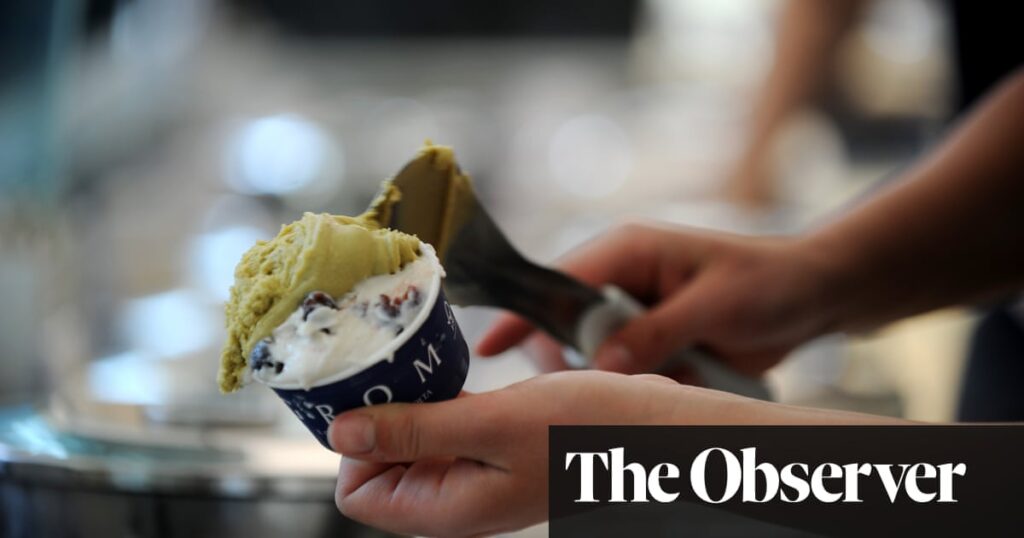‘Do they realise what they’re doing?’ Milan takes on ice-cream sellers in war on ‘wild nightlife’ | Italy

Milan’s leaders have been accused of waging war against ice-cream in their bid to combat “wild nightlife” in the northern Italian city.
Marco Granelli, the deputy mayor for public security, recently announced a proposal banning the sale of takeaway food after midnight in the city’s popular nightlife districts.
Bars and restaurants would also be required to close outdoor areas from 12.30am on weekdays and 1.30am at weekends in the hope that the streets will be cleared of people, thus bringing peace and quiet to residents. The crackdown, if approved, would come into force from next month until early November.
Even though pizza is also among the vast array of takeaway food targeted by the ban, gathering for an ice-cream late at night is such an intrinsic part of Italian culture that the prospect of the treat coming under attack is a step too far for many.
“What does the average Italian family do in the summer? They go for a stroll after dinner and get an ice-cream,” Marco Barbieri, secretary general for the Milan unit of Confcommercio, the Italian retailers’ association, told the Observer. “It’s a classic tradition and so it’s clear that if you interfere with this type of cultural habit, people won’t be happy.”
While he is sympathetic with the plight of those living in noisy nightlife areas, Barbieri said that banning takeaway food won’t solve the problem. “A rule banning people from drinking a bottle of water or eating an ice-cream or pizza while taking a stroll in Darsena won’t solve a thing as people will still stay outside regardless.
“Do you think a 25-year-old is going to go home at the stroke of midnight simply because they can’t get a takeout? What about the tourists who want to eat an ice-cream after midnight? Does this administration realise what it’s doing?”
The mayor of Milan, Giuseppe Sala, told reporters: “I would ask Barbieri to come to my office for a few hours because I have hundreds of reports from residents asking to be able to sleep better at night. I cannot avoid addressing this issue, it is not a quirk but a need of many … we are not changing the rules of the universe but imposing very slight limits.”
The ban is expected to apply to 12 areas, including the central districts of Brera and Ticinese, as well as Darsena, Arco della Pace and Lazzaretto, along with the busy thoroughfares of Corso Como and Corso Garibaldi.
Writing on social media, Granelli said the rule would strike a balance between “camaraderie and fun, the peace and health of residents, and the free economic activity of traders and entrepreneurs who provide work”.
Lino Stoppani, the president of Fipe, an association for the hospitality sector, told Il Messaggero newspaper: “The problem of nightlife exists, but this rule will only create damages for businesses.”
after newsletter promotion
The rules are yet to be finalised and Sala said he was open to “talking about ice-cream”.
“I think we’ll fix it,” he said.
If the past is anything to go by, Sala might have to relent. A similar wave of discontent was triggered when Milan officials tried to ban ice-cream after midnight in 2013. After weeks of heated debate and protests organised by a movement called Occupy Gelato, the then-mayor, Giuliano Pisapia, was forced to backtrack and admit the council had made a mistake.
“People can eat ice-cream day and night, anywhere they like,” he conceded.
Source: theguardian.com

